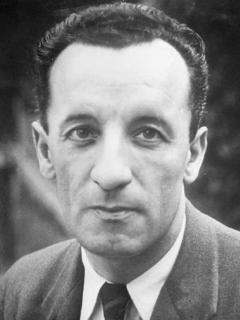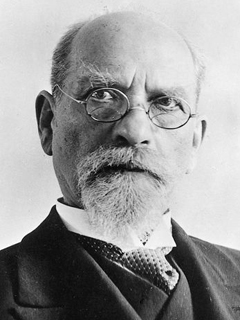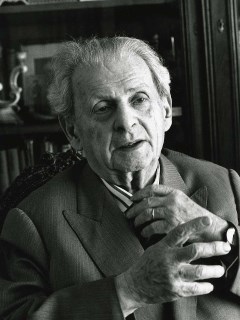
Publication details
Year: 2004
Pages: 187-206
Series: Human Studies
Full citation:
, "Dissymmetry and height", Human Studies 27 (2), 2004, pp. 187-206.


Dissymmetry and height
rhetoric, irony and pedagogy in the thought of Husserl, Blanchot and Levinas
pp. 187-206
in: Human Studies 27 (2), 2004.Abstract
This essay is concerned with an initial mapping out of a model of intersubjectivity that, viewed within the context of education, breaks with the hegemonic dialogics of current pedagogies. Intent on rethinking the (so-called)"problem" of solipsism for phenomenology in terms of a pedagogy that situates itself within solitude and the alterity of self and other, Maurice Blanchot and Emmanuel Levinas will here speak as the voices of this other mode of teaching. Beginning with the problematization of intersubjectivity in romantic aesthetics and hermeneutics, I introduce the concept of irony as a crucial element in the conceptualization of this other pedagogical model, one that requires, initially, a discussion of Husserl's response to the charge of solipsism in the 5th Cartesian Meditation. As a starting point I introduce his symmetrical notion of bodily "pairing" into a consideration of rhetoric, understood here as an integral part of teaching, thus forging links with phenomenology via the work of Merleau-Ponty. The above provides a context for an extended discussion of pedagogy as it appears in the work of Blanchot and Levinas. Although similar in many respects, on closer inspection it will emerge that important differences are evident in the dissymmetrical and asymmetrical models suggested by the two thinkers respectively. These differences, I will argue, begin to open up a critical perspective on Levinas' "height" model of teaching in the name of the more radical configuration of phenomenology and rhetoric to be found in Blanchot.
Cited authors
Publication details
Year: 2004
Pages: 187-206
Series: Human Studies
Full citation:
, "Dissymmetry and height", Human Studies 27 (2), 2004, pp. 187-206.




